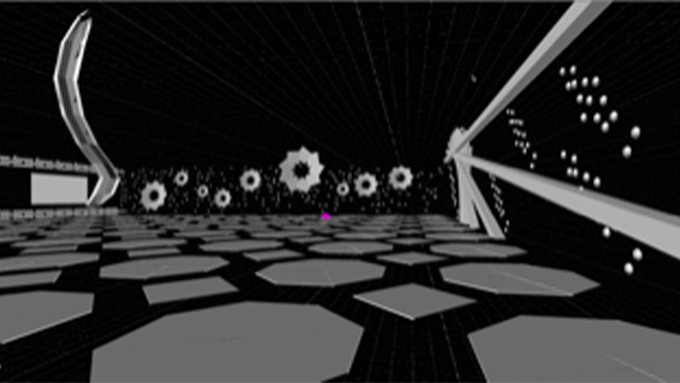Like tiny Jedis, rats can move digital objects with their brains
The finding shows that rats can imagine being in spaces they aren’t physically in

Rats can imagine being somewhere else. To do it, they activate certain nerve cells in their brains.
esvetleishaya/iStock/Getty Images Plus
Share this:
- Share via email (Opens in new window) Email
- Click to share on Facebook (Opens in new window) Facebook
- Click to share on X (Opens in new window) X
- Click to share on Pinterest (Opens in new window) Pinterest
- Click to share on Reddit (Opens in new window) Reddit
- Share to Google Classroom (Opens in new window) Google Classroom
- Click to print (Opens in new window) Print
Rats can lift digital cubes and drop them near a target without lifting a paw. But these tiny, hairy Yodas aren’t Jedis using the Force. They’re just rodents using their imagination. What this mental trick does show, scientists now conclude, is that rats can envision new situations in old, familiar places. And that could hint at how imagination works.
Scientists described the rats’ new skills November 3 in the journal Science.
Albert Lee is a neuroscientist, someone who studies the brain. He did this research at the Howard Hughes Medical Institute’s (HHMI) Janelia Research Campus. It’s in Ashburn, Va. The study wasn’t about whether rats could be Jedis. Lee and his team wanted to know how brains think back in time to revisit memories or jump ahead to imagine the future.
This process is sometimes called “mental time travel.” It’s “part of what makes our inner mental lives quite rich and interesting,” Lee says.
Some of this time travel might happen in the hippocampus. These seahorse-shaped structures sit deep on each side of the brain. The hippocampus holds mental maps showing where an animal is in space.
But cells there have a lot of jobs. Many of those roles are still quite mysterious. “There is clearly a lot to be considered,” says Mayank Mehta. He uses methods from physics to better understand the brain. He works at the University of California, Los Angeles, and did not take part in the new study.
To trace mental time travel, Lee says his team began by asking of a rat a simple question: Can you be in one place and think about another place? “The rat isn’t doing anything fancier than that. We’re not asking them to recall their summer vacation,” notes Lee. He’s now an HHMI scientist at Beth Israel Deaconess Medical Center. It’s in Boston, Mass.
Lee teamed up with other researchers, including neuroscientist and engineer Chongxi Lai. They trained rats to move on a spherical treadmill. It’s a bit like walking on top of a ball. The rats used the ball to move through a 3-D virtual world projected onto a surrounding screen. While the animals poked around their virtual world, electrodes recorded signals from cells in the rats’ hippocampi. Over time, the scientists were able to match these patterns of cell activity with spots in the virtual world.
Once the rats had explored that world, the researchers wanted to know if the rats could imagine new paths through it.
The animals were trained to mentally move a virtual cube to the top of a twisty column. But this time, the rats didn’t use the treadmill. Instead, they controlled the virtual world only through their brain activity. And if they moved the cube correctly, they’d get a reward: water. The trick: These animals had to learn to move the cube without moving a muscle.
After some training, the furry apprentices mastered this. They learned to activate the right pattern of cells in their hippocampi. As they did, they mentally held the cube near the twisty column for several seconds. Rats also could move themselves within the virtual world. They could use activity in the hippocampus to “teleport” their bodies to the column.

What to make of the new findings
“This is fantastic research,” says Mehta. “It opens up a lot of exciting possibilities.” Learning how the hippocampus does this trick might one day help researchers diagnose and treat memory disorders, he says.
Electrodes placed in different parts of the human brain have already allowed people to control computers. These devices can also help people use robotic limbs. Building devices that use signals from the hippocampus might one day allow people to “move” objects in virtual reality with only their brains, Lee says.
Daoyun Ji is a neuroscientist at Baylor College of Medicine in Houston, Texas. The new results offer evidence that rats can use their imagination to perform tasks, he says. And it’s not just rats. “It is likely we humans imagine by activating hippocampal memories too,” he says.







